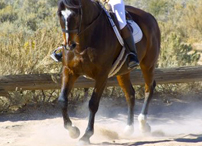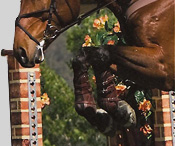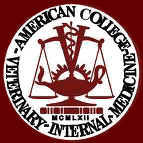



FOOT BALANCE
& PERFORMANCE

The foot is the foundation of the horse, supporting the mechanical structure above. The skeleton is the frame; the joints, tendons and ligaments the connectors and shock absorbers; the muscles the fuel that drives this amazing machine. When the foot strikes the ground, the force generated is transmitted up the limb. If the foot is unbalanced, force is distributed unevenly through the supporting structures, increasing the risk of injury.
For example, a horse with a long toe and low heel experiences less concussive force through the boney framework when the foot strikes the ground. This horse has a long stride length, and low foot flight. This foot conformation is seen commonly in race horses and show hunters. Unfortunately, while the bones are spared the vertical force of concussion with the ground, this force is transferred to supporting structures including the deep flexor tendon and suspensory ligament. Studies have shown that race horses with this foot conformation are statistically more likely to suffer catastrophic break down injuries than those with a more upright foot.
The horse with a high heel and short toe, where the angle of the pastern axis is greater than 50 degrees, has a short stride length and high foot flight. This foot conformation protects the supporting soft tissue structures, but transmits concussive forces vertically through the boney skeleton, putting this horse at greater risk for developing degenerative boney diseases such as ring bone.
The relationships of dorso-palmar (front to back), medial-lateral (side to side) and pastern angle conformation to maintaining soundness are incredibly complex. Perhaps most important is to recognize that every horse's foot is different, and the balance of that foot must be addressed in relation to the conformation of the entire limb above it. In the performance horse, the interaction of the veterinarian and the farrier in creating the best foot conformation for each individual athlete is critical.
PO BOX 60730
RENO NV 89506
EMERGENCY (775) 742-2823 OFFICE (775) 969-3495
FAX (775) 969-3923




